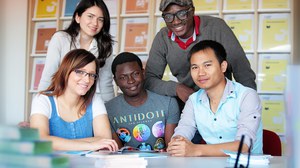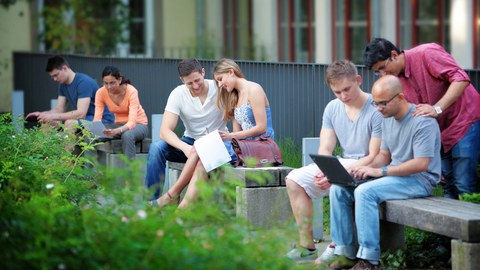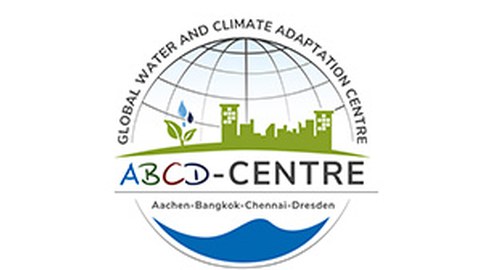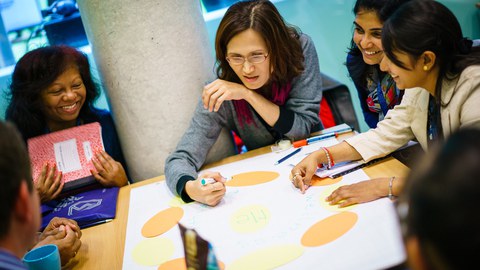International Affairs
The cross-sectional task of internationalisation is a key aspect of the strategic development of the School of Civil and Environmental Engineering and is well advanced in both teaching and research.
On the following pages, students, employees and academics can find out more about the international services, support and funding opportunities offered by the school.
 © Amac Garbe
© Amac Garbe
International Affairs of the School of Civil and Environmental Engineering
The International Office of the School of Civil and Environmental Engineering is your contact for all questions relating to international cooperation, funding opportunities for the internationalization of research and teaching as well as special offers for foreign academics.






